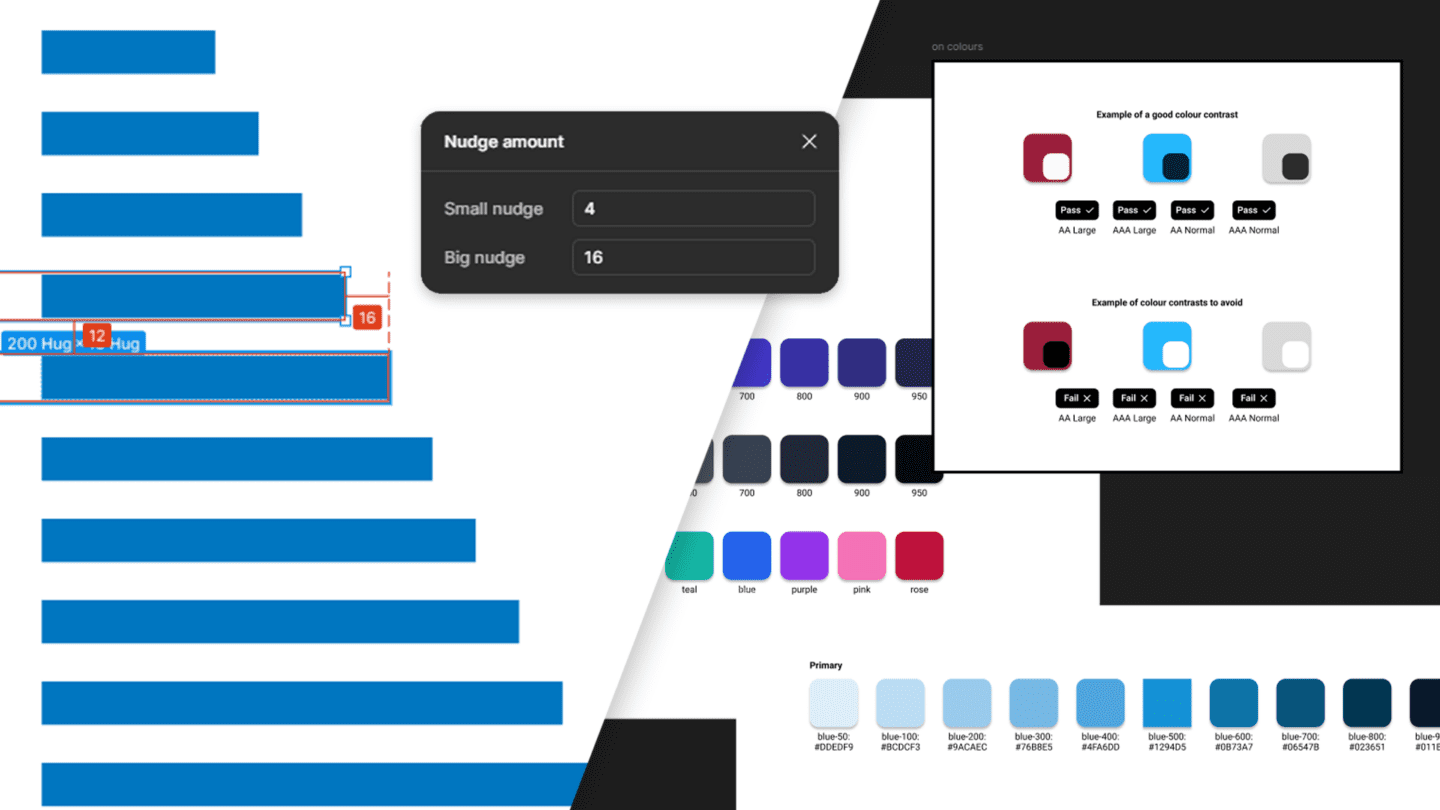Up until recently it was considered a search engine optimisation (SEO) best practice to optimise the anchor text (the specific text used to create a link) in use on your web pages and blog posts by including keywords you wish to rank for.
For example, as a business that sells user experience design services we would have been encouraged to do the following:
Visit Border Crossing Media’s website to learn more about our user experience design services.
Updated Guidelines
However given Google’s warnings concerning this tactic, attempting to optimise a link by including keywords in the anchor text is now likely to lead to Google perceiving your website negatively.
So what should I be doing instead?
Use safe anchors, not keyword optimised anchors. Here are a couple of examples of safe anchors:
Exposed URLs: www.bordercrossingux.com
Branded URLs: For more advice on user experience design, check out Border Crossing Media.
Long phrases like this one: I’m a major fan of usability testing, but I recommend you invest in screening participants.
So how do I improve my rankings?
Put simply, Google’s purpose is to deliver the most useful and relevant content possible to a user. If you’re the author of content that helps Google fulfil its remit – they you’ll see your rankings improve. It really is as simple as that.
Trying to game the system may lead to short-term wins. However, it can just as quickly lead to penalties too. In the end of the day there’s no SEO tactic that can beat the long-term return on investment of providing unique and valuable content that meets your target audiences needs.


